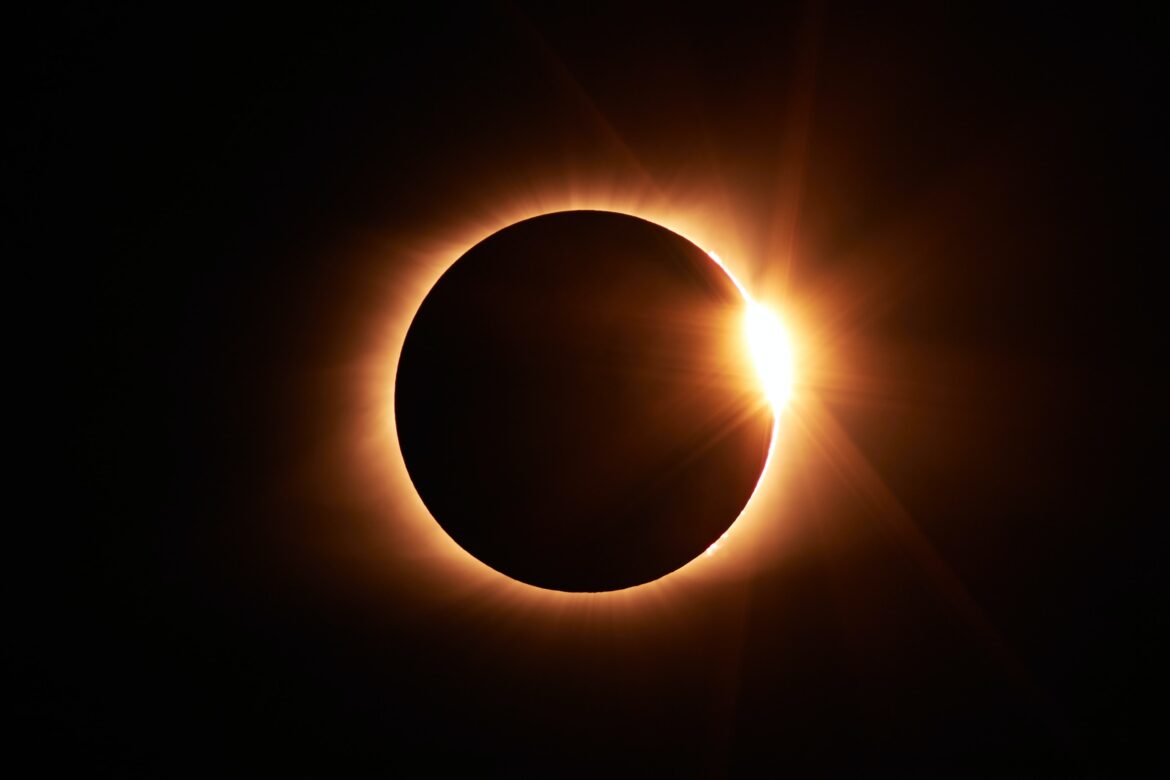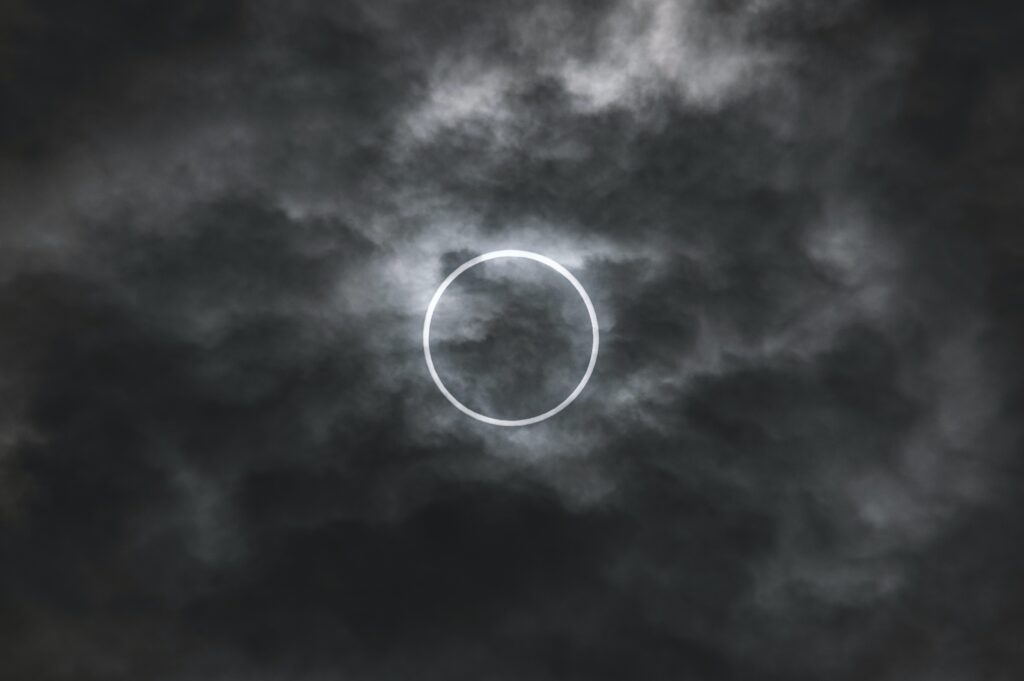Two eclipses will take place during the 2023-2024 school year and will be visible in North America. An annular solar eclipse and a total solar eclipse. The total solar eclipse is rare in North America and won’t be viewable again until 2044. Why not take advantage of cosmic phenomena to teach science? Let’s take a look at a few available resources. Safety concerns and safety precautions appear below, as well as instructional activities, apps, and music playlists.
What is a solar eclipse?
Did you know that there are four types of solar eclipses? Those eclipses include total, partial, hybrid, and annular. As NASA’s Solar System page explains:
Solar eclipses occur when the Sun, the Moon, and Earth line up, either fully or partially. Depending on how they align, eclipses provide a unique, exciting view of either the Sun or the Moon.
A solar eclipse happens when the Moon passes between the Sun and Earth. The Moon casts a shadow on Earth that either fully or partially blocks the Sun’s light in some areas.
This only happens occasionally. That’s because the Moon doesn’t orbit in the exact same plane as the Sun and Earth do.
Before exploring the differences between each type of eclipse, let’s review the upcoming schedule and where you can best observe the eclipses.
When will the eclipse take place?
For the 2023-2024 school year, North America will enjoy viewing the following:
- Annular solar eclipse: Saturday, October 14, 2023
- Total solar eclipse: Monday, April 8, 2024
Where will the eclipse be visible?
Both eclipses will find their way through Texas. Live somewhere else? You can find an amazing overview of solar eclipses across America online. The Greater American Eclipse website does a nice job sharing this in these two screenshots:
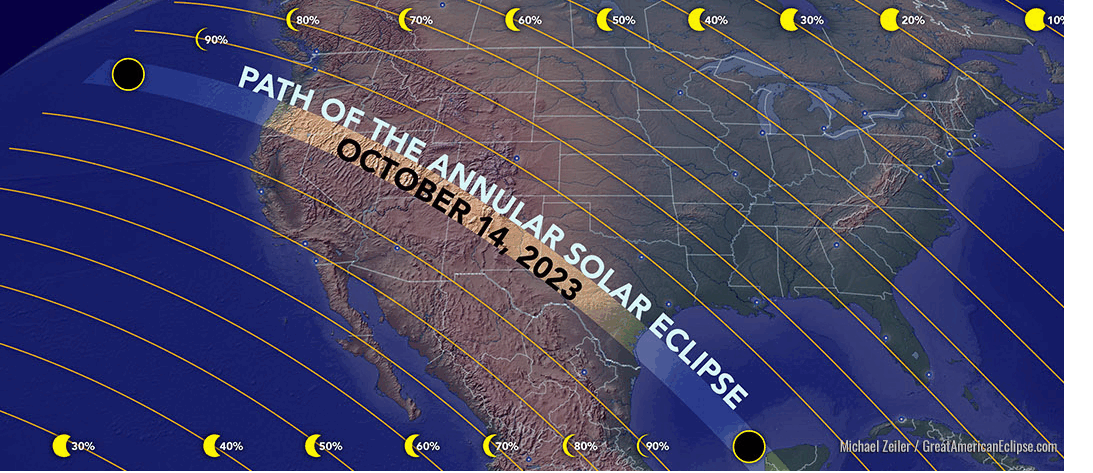
Let’s look at smartphone apps that can help you track.
Two Smartphone Apps for Tracking
Eclipse Calculator 2 (free)
This free app, available for Android, lets you see eclipses occurring worldwide, notes the best places to view them, provides animated maps, and sets local times and voice alerts. Additionally, it identifies what future eclipses you will be able to see from your location.
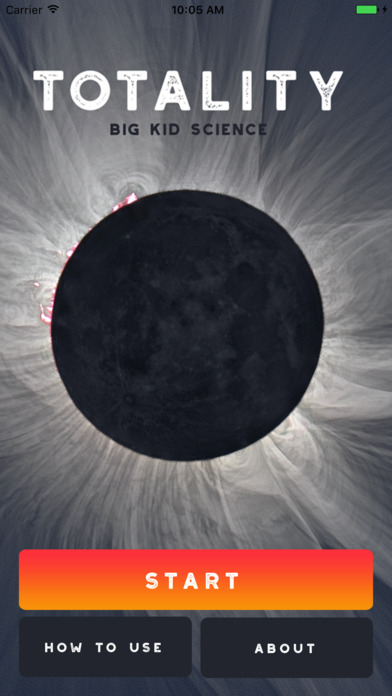
Big Kid Science’s Totality (free)
The Totality app, available for Android and iOS, offers a variety of instructions on how to use it. The app was donated to the American Astronomical Society. It provides great information on the path of the eclipse. The strength of this app, aside from finding an eclipse from your location, is all the helpful information. In the app’s “Learn About” section, there is information on topics such as:
- Safe Viewing
- Future Eclipses
- Understanding Eclipses
- Classroom Activities
For example, in the Classroom Activities section, you’ll find links to the Pinhole Camera Activity for safe viewing of the eclipse and dynamic art and photography activities. Know of other great mobile apps? Share them in the comments!
Now that you have an app for your device, let’s explore these two eclipses in more detail below
The Annular Solar Eclipse on October 14, 2023
Also known as a “ring of fire,” the annular solar eclipse happens before a total eclipse. About six months before a total solar eclipse, there is an annular solar eclipse. An annual eclipse is when the Sun’s diameter is a bit larger than the Moon’s due to elliptical orbits.
You can view the path of the annular solar eclipse from Oregon to Texas in this video, but other states are visible in this video channel as well.
Since the annular solar eclipse is happening on a Saturday from approximately 10:20 AM to 11:30 AM (time may vary depending on where you are), consider where you might watch it. You can observe it from any one of 17 Texas State Parks that fall along the path. Watch a livestream of this annular solar eclipse via Exploratorium or the Time and Date website. The latter also offers a mapping tool you can use to track its path:
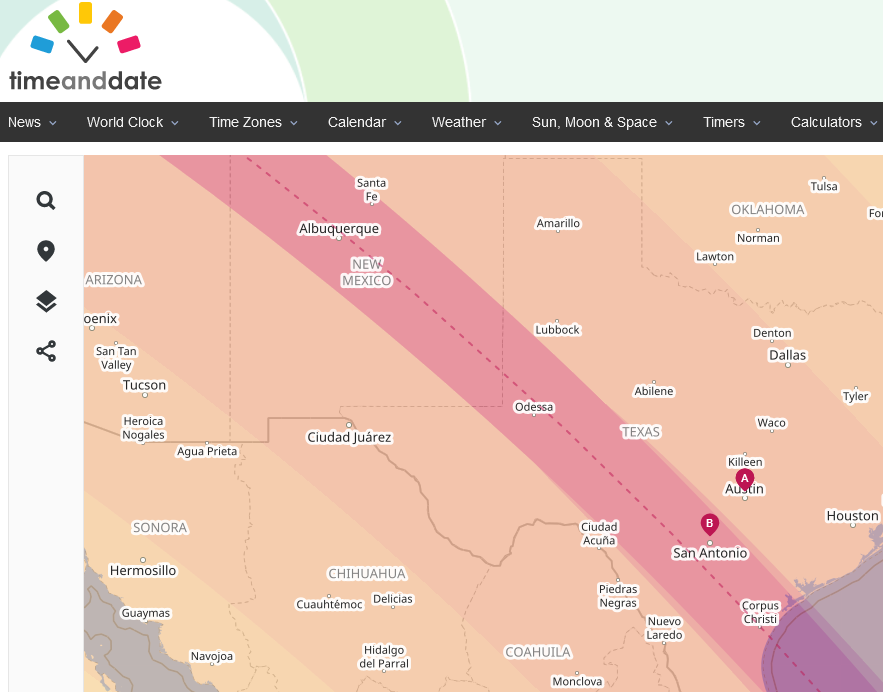
Want to see where the eclipse path will land where you live? Use Time and Date’s Path and Visibility 3D Path Globe tool.
The Total Solar Eclipse on April 8, 2024
When the Moon appears between you and the Sun, or when the Moon completely covers the Sun, you have a total solar eclipse. These happen once every eighteen months or so. NASA has a dedicated website for the total solar eclipse on April 8 with lots of ideas.
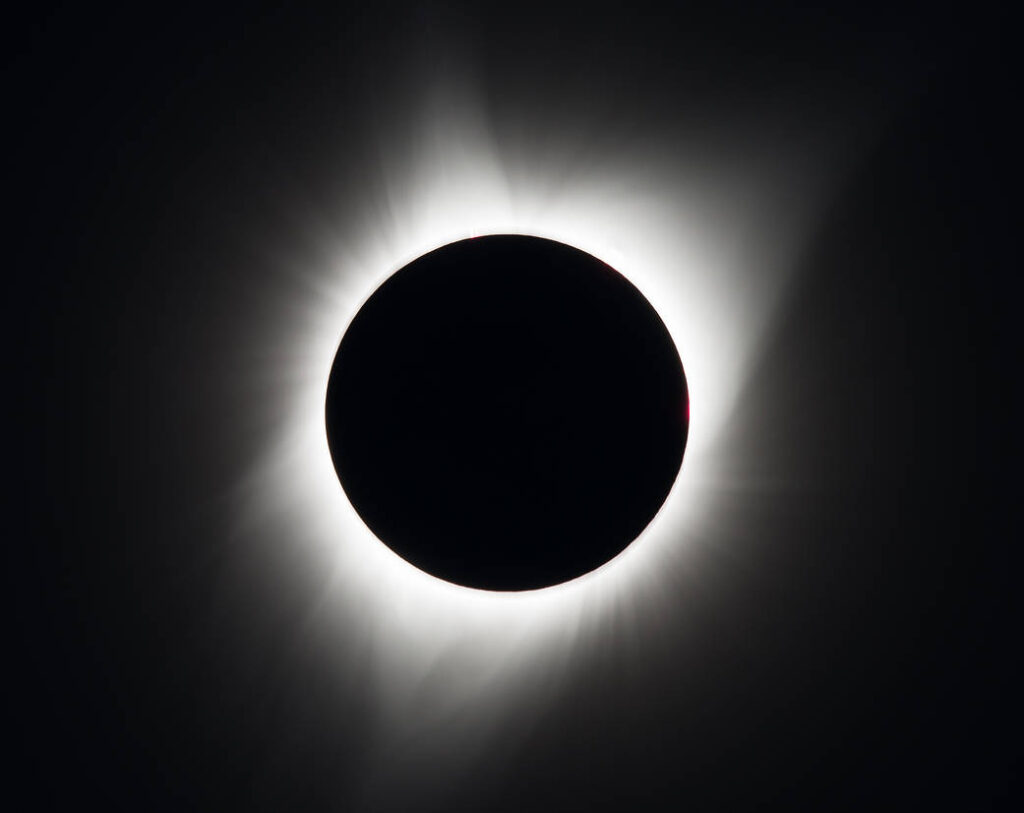
Each total solar eclipse follows a certain path. Curious about building anticipation for the April 8, 2024 event? Share this video from the Greater American Eclipse website:
The four-minute video shows the path of the Moon’s shadow on the face of the Earth. You can see a Texas-specific video as well.
Additionally, you can watch a livestream via Exploratorium. Now that you have a better understanding of the two upcoming eclipses, let’s review safety.
Did You Know?
The Space Science Institute’s STAR Library Network (STAR Net) offers free eclipse glasses. They are distributing five-million solar-viewing glasses to 10,000 libraries. In addition, they include information, training, and ideas for activities.
These activities can be conducted at eclipse events in public libraries. Learn more, and register to participate, on the Solar Eclipse Activities for Libraries (SEAL) website. Pre-recorded webinars are available online.
Consequences of NOT Protecting Your Vision
“Millions of people out there are going to be looking out at it… How many of them are going to say, ‘Something happened to my eyes?’” says Lou Tomosoki when he viewed a partial eclipse for a few seconds. This resulted in a pea-shaped blurry spot in his vision. Learn from Lou and many others who experienced unprotected eye damage of a solar eclipse. This damage, known as solar retinopathy, may be permanent if it doesn’t go away after a day or two. The light is so powerful it can harm your smartphone’s camera sensors, too.

What exactly are the dire effects of viewing a solar eclipse without the right eyewear protection? Those effects include blurred vision, light sensitivity, blind spots, red, sore, gritty, watery eyes or eye soreness (source). Also, shapes will be hard to recognize. You may experience headaches or swelling around eye or eyelid. Avoid these consequences of viewing eclipse without protection.
Safety Precautions
Planning on having a Solar Eclipse Viewing Party for your students? You will need to take precautions for viewing both eclipses.
Pinhole Viewer
Living in Panama as a child, I had the opportunity to create a pinhole viewer out of a shoebox. This allowed me to safely watch the solar eclipse. It was quite an amazing experience for an eight-year-old. My teacher made it a memorable experience, instilling some healthy fear by reminding me to avoid damage to my eyes and keep my back to the sun.
You can find a variety of tutorial videos online, but this one from NASA with a young explainer works great:
Relying on a pinhole viewer doesn’t involve you (or your students) looking directly at the Sun. You can do so ONLY IF you have approved solar eclipse glasses. Follow these step-by-step instructions (or these) if you prefer text to video.
Solar Eclipse Glasses
You can also buy solar eclipse glasses, but make sure that the vendor of solar eclipse glasses appears on the approved vendors list.

Safe eclipse glasses may feature a notice. The notice is that glasses conform to ISO 12312-2 Filters for Direct Observation of the Sun. Others may appear to be “NASA certified.” Unfortunately, that does not mean they have been tested or certified as safe. NASA and ISO do NOT certify eclipse glasses.
With that in mind, you can see this Amazon search reveals potential scams:
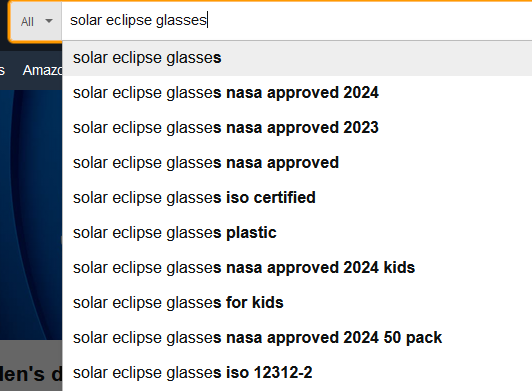
If finding safe glasses is uncertain, consider going straight to the source. The American Astronomical Society (AAS) has a list of safe solar filters and viewers. Start there for solar eclipse glasses.
With that in mind, I searched Walmart’s website for eclipse glasses. Then, I cross-checked what I found with the AAS list. Sure enough, I found some VisiSolar (on AAS approved list) at Walmart.
Instructional Lessons and Activities
Looking for fun ways to teach about eclipses? Check out these resources:
Websites:
- Exploratorium
- Left Brain, Craft Brain
- NASA’s Solar Eclipse Educational Materials
- Teaching Expertise.
NonFiction Books:
- Solar Science: Exploring Sunspot, Seasons, Eclipses, and More ($31.99)
- Solar Eclipse 2024: The Complete Kids’ Guide and Activity Book for the Great North American Solar Eclipse ($5.99)
Fiction and/or Poetry
- Total Solar Eclipse: A Stellar Friendship Story ($11.99)
- A Few Beautiful Minutes: Experiencing a Solar Eclipse ($18.99)
Activities for Solar Eclipse Viewing
Consider having a Solar Eclipse Viewing event for Monday, April 8, 2024 solar eclipse (October 14th is on a Saturday). Some teachers like Heather Marie report:
“We did a solar eclipse viewing party during the eclipse in 2017- we bought everyone glasses and had popsicles outside as an entire school 6-12th grades. We played a Solar Music Mix (Black Hole sun, Ain’t no sunshine when she’s gone, etc). It was so much fun! It was a partial eclipse from our area but still awesome! Leading up the eclipse we spent time in all classes reviewing the eclipse and why it happens. Math did calculations with angles, science taught the eclipse, ELA had a reflective journal piece after, SS did a timeline of past and future eclipses. It was really cool!”
Source: Heather Marie, Middle School Science, Facebook Group
Others suggested these activities:
- Solar Eclipse Selfie Station. Provide some selfie station accessories and signs.
- Take photos with precautions. Tape eclipse glasses to your smartphone camera lens to protect it. Check out The VisiSolar Smartphone Photo Filter.
- Schedule a school-wide event.
- Solar Music Mix. Compile your own YouTube or Spotify playlist of solar eclipse music. Here’s one Eclipse Party playlist and another from Silly Songs.
Be sure to check out these resources to prepare yourself and your students for upcoming solar eclipses. Prepare some lessons and activities to build up the excitement, take safety precautions, and use apps to keep you oriented to the right location for the event near you. Have other resources and ideas? Share them with us in the comments!
Feature Image by Jongsun Lee on Unsplash

